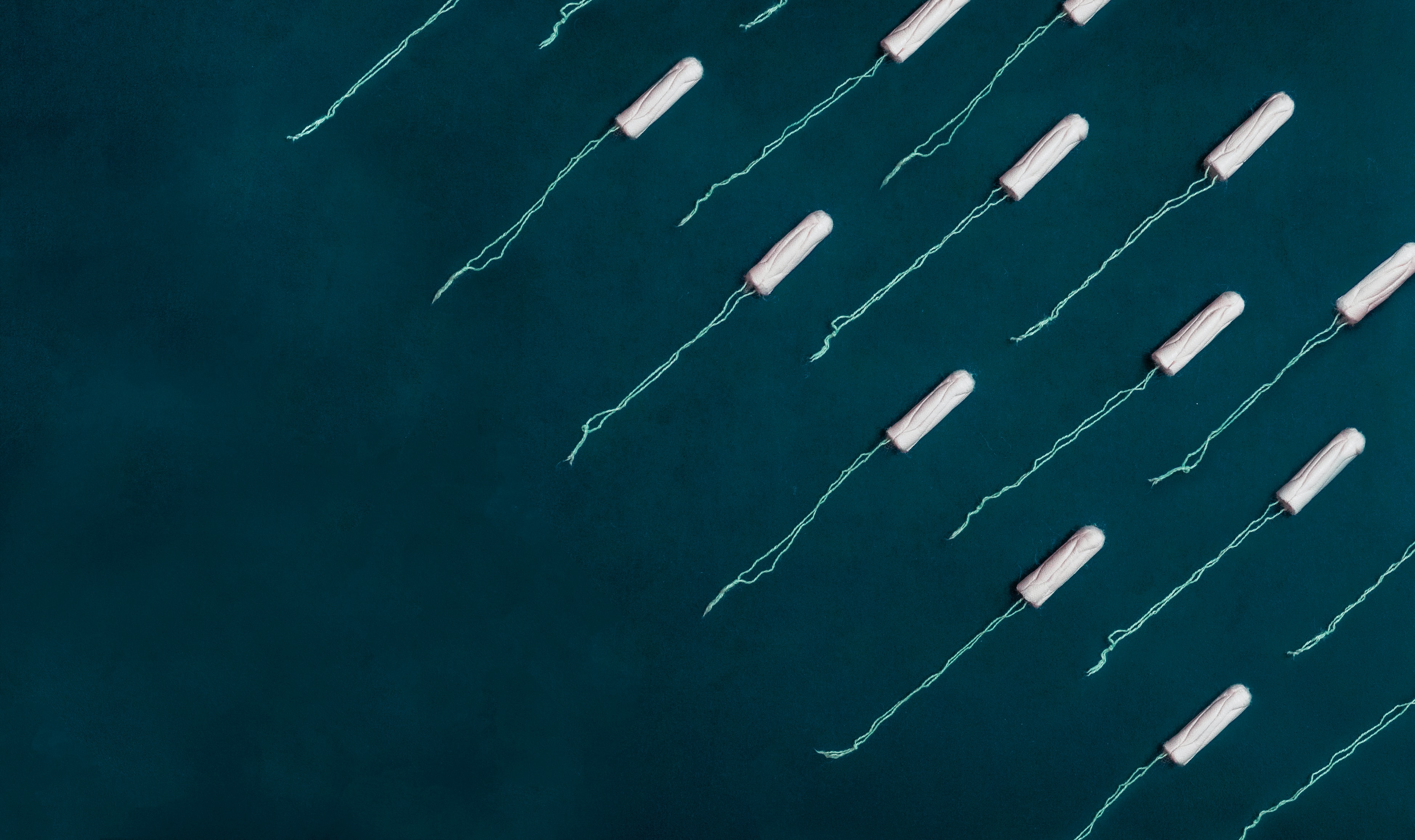Let’s begin with the obvious.
Women use sanitary napkins during their periods. While women in our country deal with their blood flow differently – many women in India still use rags – most of us are familiar with the synthetic napkin with wings which sticks to your underwear. On these days, many women wear dark clothing to hide any possible stains which might appear.
I was one of the millions of victims of sanitary napkins till the summer of 2016. That year, I learned that I could go scuba diving in the blue oceans while on my periods. It was the year I was introduced to menstrual cups. Twenty-year-old me, still in the first year of college, fatefully ran into two volunteers of a non-governmental organisation working for the environment. They showed me a rubbery object which looked too big to fit my vagina.
One of the volunteers wrote down my number and later contacted me. She shared informative videos about the cup, how it produces zero waste and is environmentally-friendly. My only question was that if this product was so easy to use, cheap as compared to the recurring cost of sanitary napkins and comfortable, why weren’t all women using it; and why was I hearing about it for the very first time? I got the answer from my mother, who outright denied me permission to buy the cup. Something that had to be inserted inside my vagina? She was afraid I would lose my virginity.
Now, transitioning to the less obvious.
My mother’s concerns were neither unique nor singular. She was simply voicing popular opinion. A woman’s virginity is of huge concern in our patriarchal society. And even if the reason for the “potential loss of virginity” is a menstrual product, it is a cause of much anxiety. This is why even after having used a menstrual cup for almost five years, I have trouble coming clean about it.
The only time I felt almost at ease to talk about the cup was among a group of schoolgirls. A few months ago, I visited a remote village in the Alwar district of Rajasthan with a group of colleagues. Our host took us for a short trek up the hill to watch the mesmerising sunset. We spoke of the small undergoing project of greening the hill. We threw seed balls prepared by schoolchildren to turn the brown hills of Rajasthan green. On our way uphill, we saw sanitary napkins under the low bushes clumsily hidden beneath rocks. A taboo topic, our male escort requested me to direct my questions to his wife. So, from her, I learned that many women of the village go to relieve themselves on the hill and leave the used napkins as they don’t know where else to dispose them secretly.
Also read: Period Pain: My Thoughts on Pill Shaming
The next day, I decided to have a conversation with schoolgirls about menstruation. In a group of around 15 girls, two refused to audibly take part in the discussion, while others giggled and mumbled in response my queries. I asked them how they dealt with their periods, what products they used and how they mitigated the pain. I was well aware of the fact that some girls dropped out of school after their first periods. Relieved to know that they planned to continue schooling, they told me of using cloth pads. Some made their own, while others had been provided cloth pads from environment workers who had visited their school.
However, since pads were considered “dirty” and something to never be publicly revealed, the girls did not even dry the cloth pads after washing. Instead, they hid them under mattresses until they were to be used the next time. I tried to explain to them that hang drying the pads would make the moisture evaporate rather than pressing them under the mattress, and that there was no shame in a natural process. I realised that this was a topic to be discussed with the men, rather than the women. But finding such men who would be willing to even take the forbidden word to their tongues in the village was difficult.
The next product was the menstrual cup. I was expecting the young girls to be shocked, but they were inquisitive and receptive. However, I received the revolting looks from a mother of two children living in the city who also happened to be in the discussion group. Even for her, the cup seemed big. Her next concern was that of hygiene. I reassured them that menstrual cups were as hygienic as sanitary napkins, if not more. They also prevented any bad odour by keeping the “andar ki baat andar”. And the enormously diminished environmental and financial cost was perhaps the biggest selling point of the cup. To put things into perspective, a study found:
“Nearly 121 million women and adolescent girls in India use, on average, eight sanitary napkins per menstrual cycle. That translates to 1 million pads generated monthly, which then results into 12 billion pads produced and disposed of annually in India alone.”
But I was not selling. And many didn’t seem to be buying. If this was a topic of shame and only to be whispered (no pun intended) among the educated city-dwellers, it was definitely an uphill trek in the village with more obstacles than the number of sanitary napkins strewn across the hill behind us.
Mahima Bobin is an aspiring journalist who has finished her bachelor’s in History from St Stephen’s College and master’s from the Centre for Historical Studies, Jawaharlal Nehru University.

